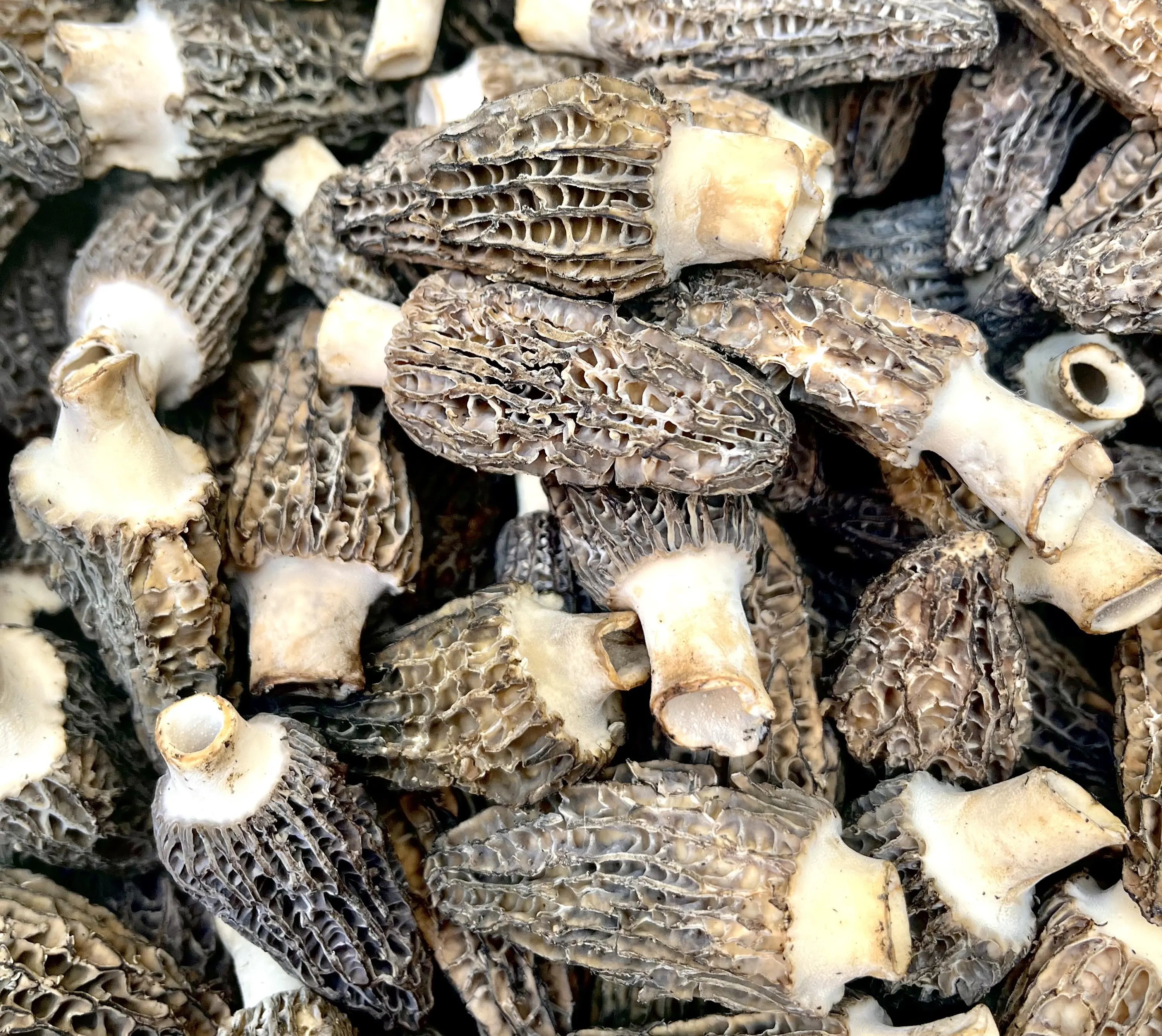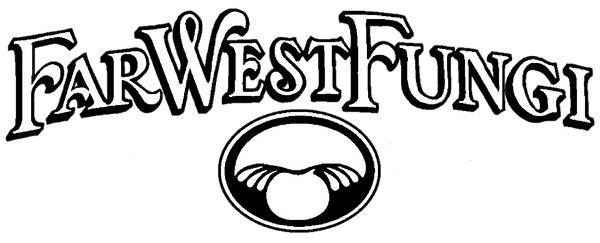Cultivated Morels

With all the mystique that surrounds the elusive Morel, one would assume that their fruiting would rely on esoteric factors like the moon phase, atmospheric pressure, and the timing of soil temperatures – making them impossible to cultivate. To some degree, this is true. But it might surprise you to learn that cultivated Morels have been in production since the 1980s. Not all Morels are created equally, however. Certain strains cannot be tamed as well as others, and to a large degree, the flavor of farmed Morels does not compare to their wild counterparts, which seem to take mysterious elements from their terroir. In a blind taste test, it’s easy to spot the imposter. However, the trade off is that farmed Morels are squeaky clean, without a trace of grit or bugs. Anyone who has cooked up a beautiful feast of wild Morels, only to crunch their way through a sandy meal with dismay will appreciate the unquestioned cleanliness of farmed mushrooms.
The key to farming the impossible is the production of sclerotium – a hardened mass of mycelium that acts as reserve food supply, and keeps the Morels alive during times of dormancy. Think of sclerotia like the root of a perennial plant, which appears to die out during the winter, but returns from the living roots in the spring. Farmers inoculate containers of soil and grain with Morel cultures, and allow them to incubate up to 6 weeks, until a hardened mass is formed. Then, these are harvested and planted in patches where Morels will be farmed. Introducing the sclerotium gives the Morels a foothold in environments they would not normally occupy.
In years past, we would be up to our ears in wild Morels in California by now. Due to an unusually thick snowpack from our recent harsh winter, there has not been enough snowmelt yet at high altitudes, and our wild Morels rely on the cold seeping groundwater to fruit. Working with seasonal wild products over the past decade, it is regrettable to observe firsthand that climate is changing at a rapid pace, and what was predictable even five years ago, is no longer predictable today. This year we have had to rely entirely on cultivated Morels to meet the seasonal demand. We hope to see wild Morels eventually this spring, but in the meantime, we’re trying to look on the bright side by supporting farmers. It’s hard to say what the future will bring, but development is ongoing with Morel cultivation, and we expect the flavor and quality to improve as we learn more out of necessity.
